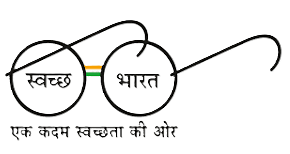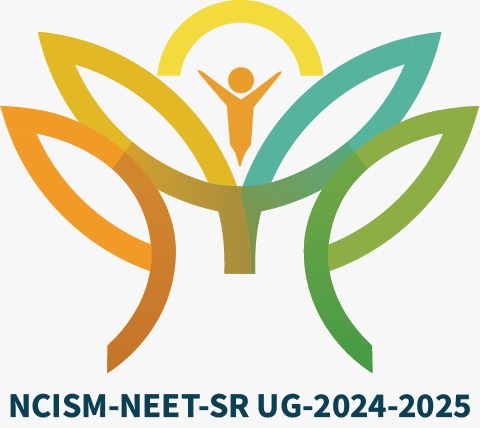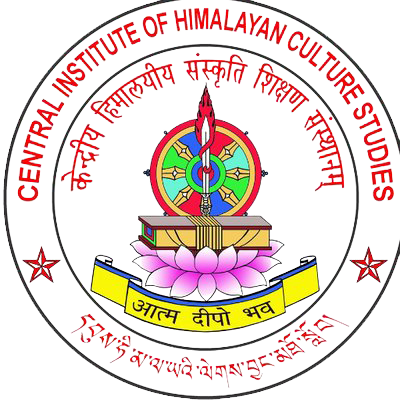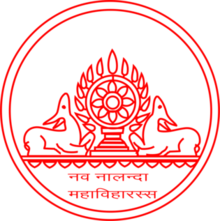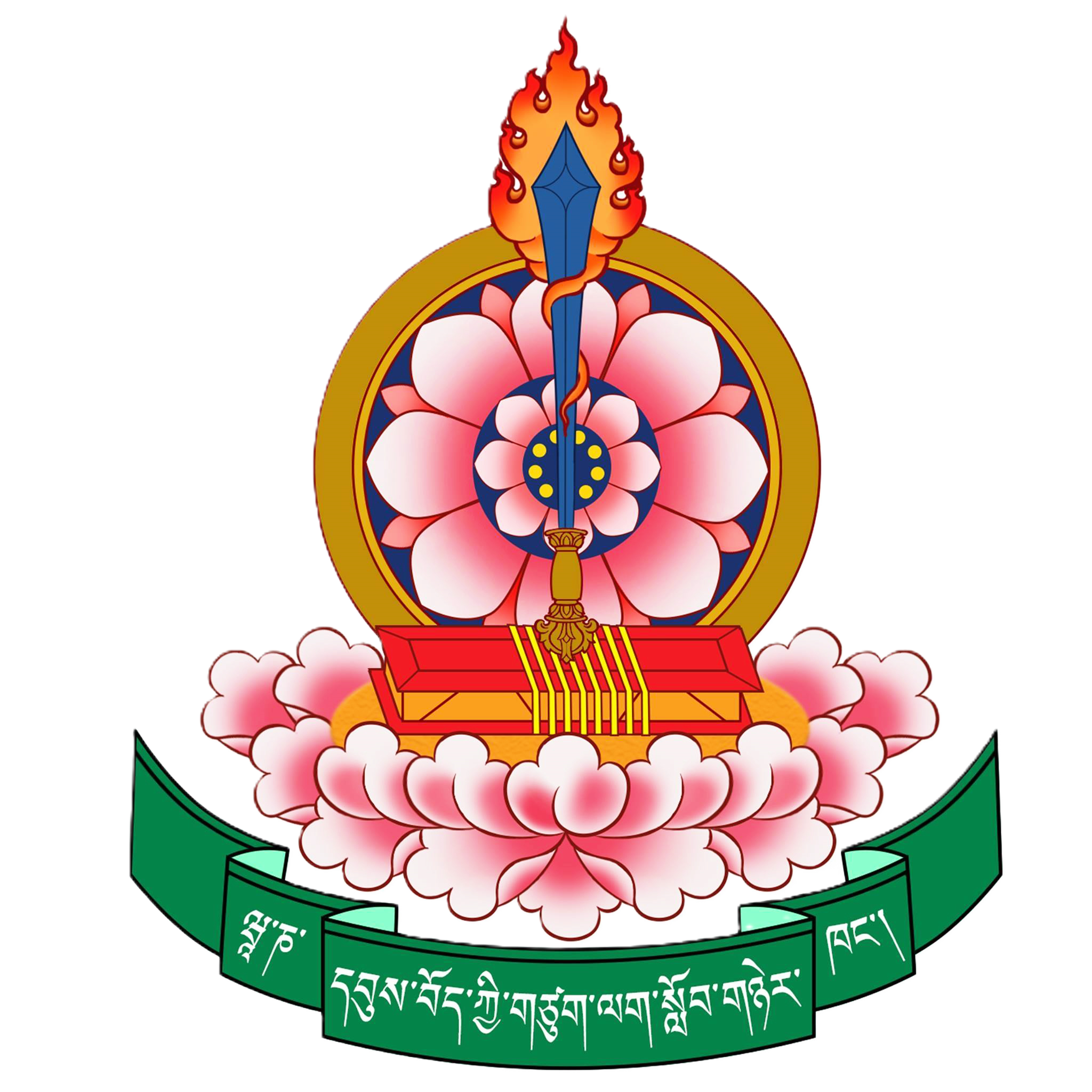Sampradaya
གསལ་བསྒྲགས།
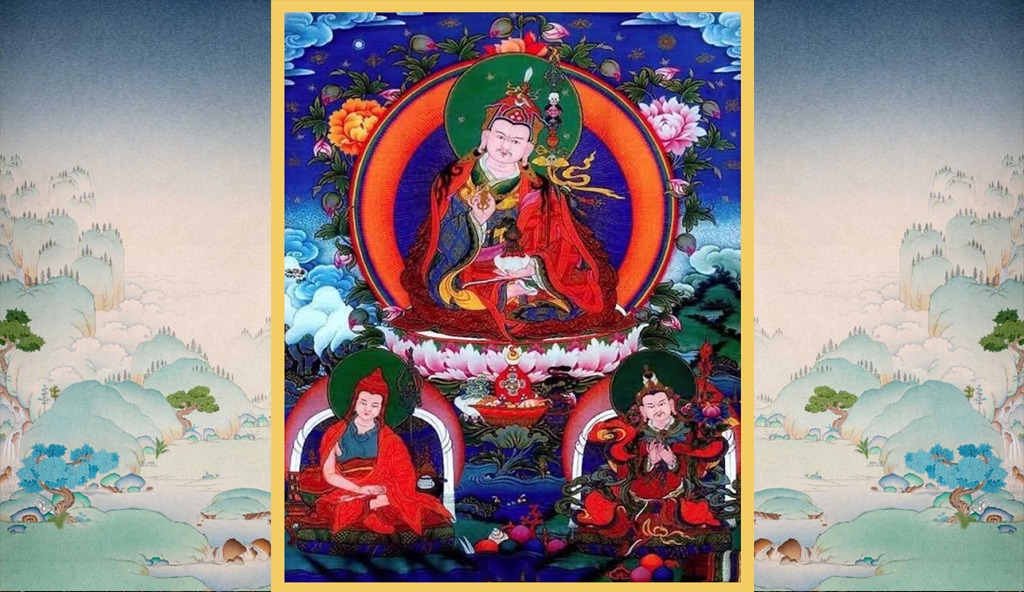
རྙིང་མ་ཆོས་བརྒྱུད།
བོད་བརྒྱུད་ནང་བསྟན་གྱི་ཆོས་བརྒྱུད་ཆེན་པོ་བཞིའི་ཡ་གྱལ་རྙིང་མ་ནི། འཕགས་ཡུལ་གྱི་སློབ་དཔོན་མཁན་ཆེན་ཞི་བ་འཚོ་དང་སློབ་དཔོན་པད་མ་འབྱུང་གནས་ལས་བ རྒྱུད་པའི་བོད་བརྒྱུད་ནང་བསྟན་གྱི་ཆོས་བརྒྱུད་རྙིང་ཤོས་ཤིག་ཡིན། དེའང་སྤྱི་ལོ་ ༨༡༠ ལོར་བོད་ཀྱི་རྒྱལ་པོ་ཁྲི་སྲོང་ལྡེའུ་བཙན་གྱིས་ཨོ་རྒྱན་གྱི་སློབ་དཔོན་པད་མ་འ བྱུང་གནས་བོད་དུ་གདན་དྲངས་རྗེས་སློབ་དཔོན་གྱིས་གསང་སྔགས་རྡོ་རྗེ་ཐེག་པའི་ག སུང་རབས་མང་དག་ཅིག་བོད་སྒྱུར་མཛད་དེ། བོད་དབུས་སུ་ཆགས་པའི་བསམ་ཡས་མི་འགྱུར་ལྷུན་གྱིས་གྲུབ་པའི་གཙུག་ལག་ཁང་དུ་གསང ་བའི་ཆོས་ཀྱི་འཁོར་ལོ་བསྐོར་བར་མཛད། སློབ་དཔོན་གྱིས་རྒྱལ་པོ་གཙོས་ཉེ་གནས་ཉེར་ལྔ་སོགས་སློབ་མ་ཁྱད་པར་ཅན་རྣམས་ལ་ག སང་སྔགས་ཀྱི་ཆོས་མང་པོ་གསང་བའི་ཚུལ་དུ་གསུངས་པས་རིམ་གྱིས་བརྒྱུད་པ་དེར་གསང་ སྔགས་ཀྱི་གྲུབ་མཐའ་རྙིང་མ་པར་གྲགས། ཁོང་གིས་རྫོགས་པ་ཆེན་པོའི་གདམས་ངག་སྟེ། སེམས་ཀྱི་རང་བཞིན་ངོས་འཛིན་པ། ཁྱད་པར་དུ་དེའི་གཞི་རྩའི་ཆ་སྟེ་ཡེ་ཤེས་ཞེས་པ་ངོ་སྤྲོད་པའི་ལུགས་དེ་ནི་སློབ་ དཔོན་གུ་རུ་པདྨ་འབྱུང་གནས་དང་། བི་མ་ལ་མི་ཏྲ། ལོ་ཙཱ་བ་ཆེན་པོ་བཻ་རོ་ཙ་ན་བཅས་བརྒྱུད་ནས་རིམ་གྱིས་དར། ཕྱིས་སུ་བོད་ཀྱི་སློབ་དཔོན་ཆེན་པོ་ཀློང་ཆེན་རབ་འབྱམས་པས་རྫོགས་པ་ཆེན་པོའི་ག དམས་ངག་རྣམས་ལྟ་སྒོམ་གྱི་ལམ་ལུགས་ཡོངས་རྫོགས་སུ་བསྡེབས། བསྟན་པ་འདི་ལོ་བརྒྱ་ཕྲག་མང་པོའི་རིང་དར་རྒྱས་བྱུང་ཞིང་། བོད་ཀྱི་རྒྱལ་པོ་ཞེ་གཅིག་པ་ཁྲི་རལ་པ་ཅན་གྱིས་ཆོས་ལུགས་ཁྱིམ་པ་རྣམས་ཀྱིས་དགེ ་འདུན་པའི་སྡེ་ལ་བྱ་སྤྱོད་ཇི་ལྟར་བྱེད་ཚུལ་གྱི་ཁྲིམས་ཡིག་གསར་པ་མང་པོ་གཏན་ལ ་ཕབ་པ་དཔེར་ན། ཁྱིམ་ཚང་གཅིག་གིས་དགེ་འདུན་པ་གྲངས་ངེས་ཅན་ཞིག་གསོ་སྐྱོང་བྱེད་དགོས་པ་ལྟ་བུ་ མཛད་དེ་བསྟན་པ་དར་འཕེལ་ཆེན་པོ་བྱུང་བར་མཛད། རྒྱལ་པོས་ཆོས་བསྒྱུར་བའི་སྒྲིག་གཞི་གསར་པ་ཡང་གཏན་ལ་ཕབ་པ་མ་ཟད་བོད་དུ་དགོན་ སྡེ་གསར་པ་འགའ་ཞིག་ཀྱང་བཏབ།
མཁན་ཆེན་ཞི་བ་འཚོ་དང་། སློབ་དཔོན་གུ་རུ་པདྨ་འབྱུང་གནས། ཆོས་རྒྱལ་ཁྲི་སྲོང་ལྡེའུ་བཙན་བཅས་ལས་བརྒྱུད་པའི་སྔ་འགྱུར་རམ་བཀའ་གཏེར་གྱི་བ སྟན་པ་ནི། གཉགས་དང་། གནུབས། ཟུར་བཅས་དུས་ཀྱི་རིམ་པ་གསུམ་བརྒྱུད་དེ་བྱུང་བ་དང་། དུས་རབས་རེ་རེར་མི་རབས་རིམ་བྱོན་གྱིས་རྒྱུད་འཛིན་མཛད། གཏེར་ཆོས་དག་ཆགས་འཇིག་དང་སྡིག་ཅན་སྐྱེ་བོ་ལས་སྲུང་ཆེད་སློབ་དཔོན་ཉིད་ཀྱིས་བ ཙན་ས་ཁག་ཏུ་སྦས་པ་དག་རིམ་གྱིས་གཏེར་སྟོན་པ་དག་གིས་བསྐྱར་དུ་རྙེད། དུས་རབས་བཅུ་བདུན་པ་དང་བཅོ་བརྒྱད་པའི་སྐབས་སུ། གནའ་བོའི་རྙིང་མ་པ་རྣམས་རིམ་གྱིས་དགོན་སྡེ་ཆེན་པོ་དྲུག་ཏུ་གྱེས་ཤིང་། དགོན་སྡེ་རེ་རེར་ཡང་ཡན་ལག་དགོན་ཆུང་བརྒྱ་ཕྲག་མང་པོ་བྱུང་། བོད་དབུས་སུ་སྨིན་གྲོལ་གླིང་དགོན་དང་རྡོ་རྗེ་བྲག་དགོན་དང་། ཁམས་ཀྱི་དབུས་སམ་ཤར་ཕྱོགས་ཁུལ་དུ་ཞེ་ཆེན་དགོན་དང་རྫོགས་ཆེན་དགོན་གཉིས་དང་། ཁམས་སྟོད་ཀྱི་ལྷོ་ཤར་དུ་ཐོག་དགོན་དང་དཔལ་ཡུལ་དགོན་གཉིས་ཕྱག་བཏབ། ད་ལྟའི་ཆར་དགོན་སྡེ་འདི་དག་རྒྱ་གར་ལྷོ་ཕྱོགས་མེ་སོར་དང་། བྱང་ཕྱོགས་དྷེ་ར་ཌུན། ཤིམ་ལ་སོགས་སུ་བསྐྱར་བཞེངས་མཛད་ཡོད།
སྔ་འགྱུར་རྙིང་མའི་ཆོས་བརྒྱུད་ལ་ཀུན་མཁྱེན་ཀློང་ཆེན་རབ་འབྱམས་པ་དང་། རོང་ཟོམ་པཎ་ཆེན། འཇིགས་མེད་གླིང་པ། འཇུ་མི་ཕམ་སོགས་མཁས་གྲུབ་ཆེན་པོ་མང་དག་ཅིག་བྱུང་ཡོད། བརྒྱུད་པ་འདིས་སངས་རྒྱས་ཀྱི་བསྟན་པ་ཡོངས་རྫོགས་ཐེག་པ་དགུར་བསྡུས་པའི་ལྟ་གྲུ བ་དང་གསང་སྔགས་གཉིས་ཀའི་སློབ་གཉེར་མཛད། ནང་རྒྱུད་སྡེ་གསུམ་གྱི་སྒོམ་སྒྲུབ་ལ་གཙོ་བོར་དམིགས་པ་མ་ཟད་རྫོགས་པ་ཆེན་པོ་ ནི་བསྟན་པའི་སྙིང་པོ་དང་ཉམས་ལེན་གྱི་ལམ་གྱི་གཙོ་བོར་གྱུར་ཡོད།





